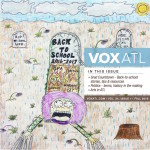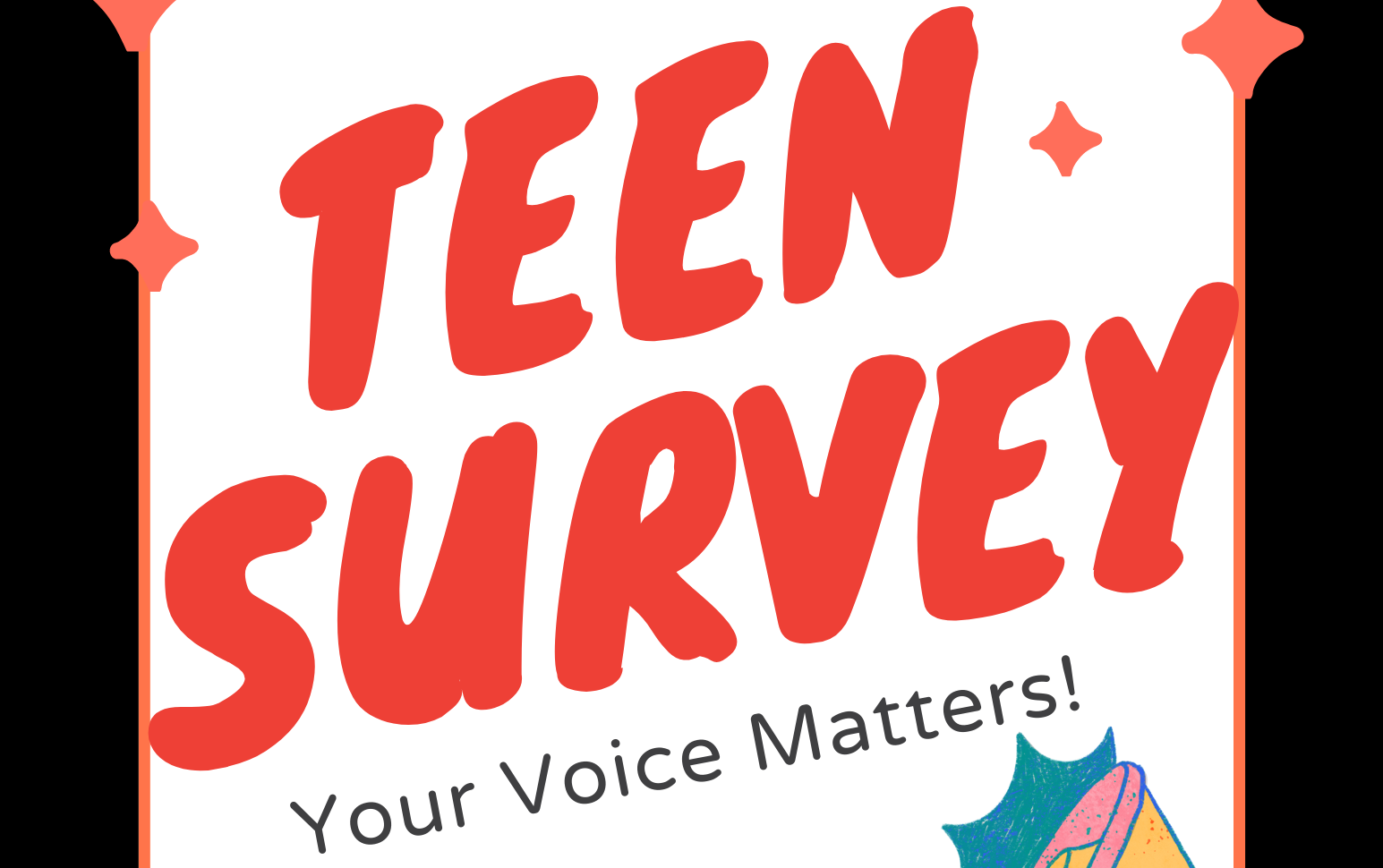No one likes walking around with empty pockets. Unfortunately, it’s too easy to spend all your money when you’re never sure about how much you started with. The easiest way to make sure you stay in the black is to make a budget.
The idea of making a budget can fill even the bravest teen with doubt and uneasiness. A video produced by Junior Achievement says half of all teens don’t know how to create a simple budget and one-third of Americans don’t pay their bills on time. It doesn’t have to be that way! Budgets aren’t something to fear. They’re tools that help you keep track of where your money is going.
To start making your budget, you have to know roughly how much income you have. Income is all the money you make, whether it comes in the form of an allowance, a part-time or full-time job, or occasional jobs, like babysitting. Try to figure out how much you make in a month.
Once you figure out your income, calculate your essential expenses. These are things like tuition, bills, food, utilities and things you absolutely can’t live without. Be practical. For example, it’s hard for some people to imagine living without Starbucks everyday, but it can be done. On the other hand, life without running water can be pretty challenging.
Subtract your essential expenses from your income. VOX spoke over the phone with John’s Creek local Nisarg Shah, 15, about how to figure out personal expenses. “I’m starting to drive … so transportation and food [are some of my personal expenses].”
Your expenses can be vastly different from those of your peers, so assess your own situation when you’re determining what you absolutely have to spend.
This is the moment you’ve been waiting for. What’s left over after subtracting your essentials from your income is your spending money — the money you can spend and still be able to pay for necessities on time. You can break it down even further into the amounts you want to spend on entertainment, gifts, incidentals, etc.
As you do this, make sure you keep track of what you’re actually spending. According to data from Reference.com, the average teenager spends $9,626 per year. It’s great to want to spend $10 on fast food each month, but if you’re actually spending $100, you might want to readjust your expectations.
In fact, when you start tracking your spending, you start to realize how much little purchases add up. You may never spend more than a dollar on gum, but if you buy some every other day, you could soon realize you spend $15 on gum each month. Knowing that number might convince you that you’ve been spending your money well or that you need a new way to get your sugar fix.
I personally use Mint, a free personal finance app. The app lets you create budgets for things like entertainment and shopping, and tells you when you’ve spent too much or your bank balance is running low. Nisarg said he doesn’t have a strict budget, but he still keeps track of his expenses. “I have a savings account and I use the itemized funds sheet online to keep track of my bills and stuff like that,” he said.
In an email to VOX, Mahima Siripurapu, 17, an alumna of Wall Street on West Peachtree, agreed with his method: “I think it is very important to watch exactly how much you are spending in comparison to how much you are earning. Keep a log of where money is coming from or going to. That way all your expenses are accounted for, and you know exactly how much you have available to spend.”
If you’re serious about saving, count it as an essential expense. Though it isn’t technically an expense, you don’t want to realize at the end of the month that you accidentally spent the money you were supposed to save. Mahima also saves while spending. She explained to VOX, “I think I am very picky about what I buy. The key to being a smart shopper for me is buying quality products even though they may cost more… In the long run, I believe that quality will save you more money.”
And that’s it! Managing your money doesn’t have to be stressful or intimidating. As long as you take these steps, you’ll know how every cent you earn is spent (or saved)!
Want some tools or resources to get started or find more information? Check out:
Future Investor Clubs of America offers training clubs, camps and more.
Junior Achievement, located in Atlanta, partners with schools and other nonprofits to provide financial literacy and business skills to students. JA Finance Park offers interactive experiences for Atlanta teens.
Camp Millionaire offers training / curricula for parents and teachers that teens may also find interesting on their own.
The Mint offers an online budgeting tool you can use with starting salaries associated with different careers.
Wealthy Habits offers classes for middle and high school students in Atlanta. The next class is Oct. 8-9.
The Community Foundation for Financial Literacy offers several initiatives, including a teen essay contest in spring 2016.
Arlena is a sophomore at Barnard College who loves writing, reading and spending a shameful amount of money on milkshakes. Say hi on Twitter @lenamcclenton.
Art by Mikael Trench, VOX multimedia editor. 
This article was published in our 2016 Back to School print edition. Don’t see copies at your school or youth organization? Contact Susan to get signed up.




